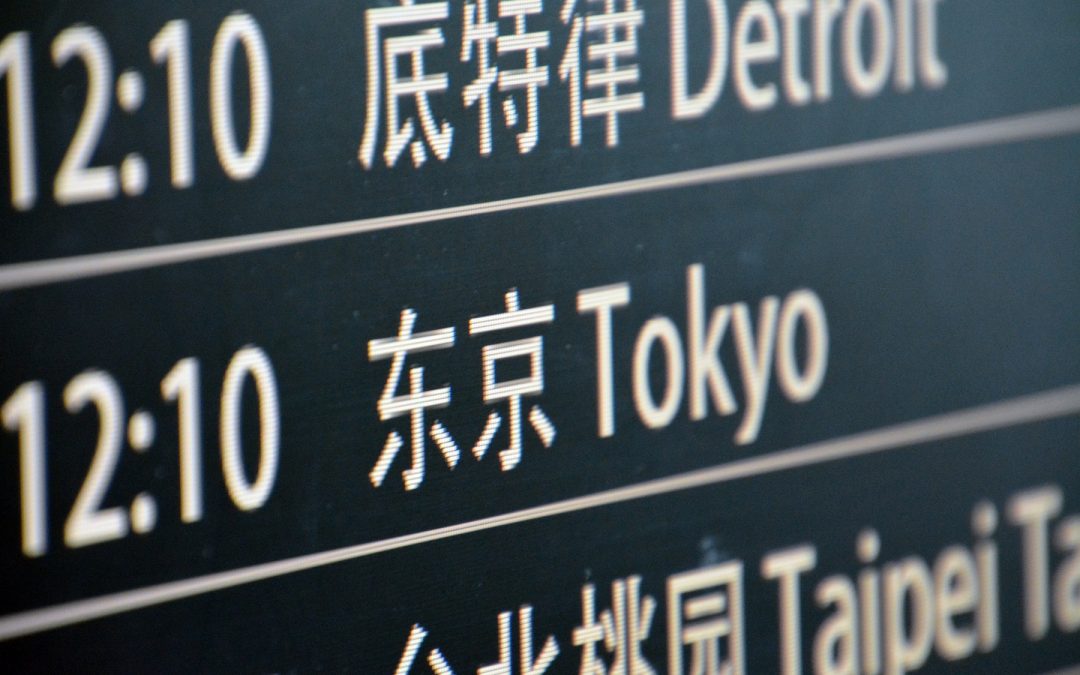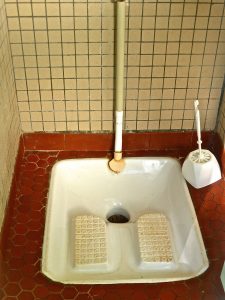Toilets & Culture
I’ve often arrived at an international destination, headed for the restrooms in the airport and had to take a moment to familiarise myself with the toilet situation. Whether it’s “no flushing toilet paper” signs, someone charging me to use the facilities or the disheartening sight of a drop toilet, learning about and understanding different toilet etiquettes is part and parcel of the travel experience.
Toilet talk can be taboo – but it’s important to understand different customs and cultures when it comes to the act. From different lingos to different types of facilities, it’s best to gauge the situation before you set off on your overseas adventures. For many Western countries, toilet etiquette is quite similar. Vocabulary, however, can be different. I have a clear memory as an Australian student at an international school in Amsterdam asking an American teacher if I could go to the ‘toilet’. She was horrified! In America, you use the ‘restroom’ or ‘bathroom’ – toilet is a dirty word.
While tourists will often be forgiven for a toilet etiquette faux pas, here’s a rundown of a few countries’ and cultures’ different toilet customs.
- Australia. If you’re looking at flights to Brisbane or Sydney for an Australian adventure, then you’ll generally find a relaxed and casual toilet culture and etiquette. Australians do not commonly refer to the toilet as ‘bathroom’ or ‘restroom’. They are comfortable openly calling it a toilet, loo or the colloquial ‘dunny’. Australia’s toilets are also unique in that they have a ‘two flush’ system – one that uses less or more water depending on your movements!
- Islamic. Countries that follow the Islamic faith follow particular rules regarding toilet use. Generally washing with water as opposed to using toilet paper is considered a ritual act of purity, and hands must be washed immediately after. It is also accepted that the left hand is used to wash oneself, and the right hand is used for handshakes. The practice of washing as opposed to toilet paper use is also common in many Asian, African and Middle Eastern countries. In India, it is also expected that one washes themself with their left hand and eats with their right.
- European. It is common that in most European countries, particularly France, you will have to pay to use a public toilet. While toilet paper is readily available and able to be flushed in most areas of Europe (except Greece!), many European bathrooms include a toilet and a bidet, which is a French invention of the late 17th century that is a plumbing fixture (similar to a toilet) used to wash oneself after using the toilet. If you’ve booked flights to Paris, for example, it’s likely that your hotel bathroom will include a toilet and a bidet.
- Asian. Most Southeast Asian countries’ plumbing systems cannot handle flushed toilet paper, and thus toilet paper must be placed in a rubbish bin next to the toilet. On the flip side to this, however, Japan has some of the most high-tech toilets in the world. Most Japanese toilets are in a bidet-style, with a jet stream for cleaning. In addition to this, many Japanese toilets also include seat warmers, deodorisers and armrests! It’s the most comfortable and state-of-the-art toilet experience around.
Part of the fun of travelling is experiencing and embracing different cultures and lifestyles. If you encounter a different toilet etiquette or practice in a country you’re visiting, then take it in your stride and do as the locals do!
Read the original article on Globotreks here: https://www.globotreks.com/tips/international-toilet-etiquette/


